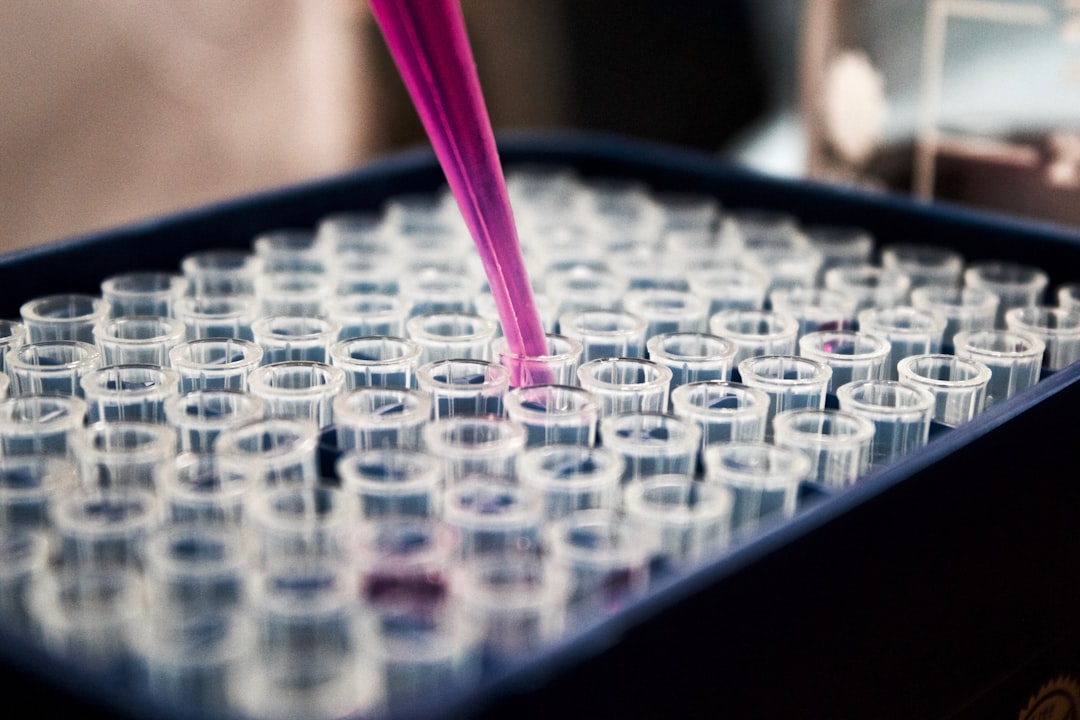What is it about?
Heme is produced naturally in budding yeast, which has been used by humans for thousands of years (e.g., for bread). We engineered a strain of yeast to produce 70 times more heme, using techniques of systems biology and synthetic biology. In particular, we used mathematical models of yeast metabolism to identify crucial "choke-points" that had limited heme production. We increased heme production by modifying targeted genes using CRISPR-Cas9 "scissors". Our mathematical modelling was validated experimentally. We produced a strain producing 70 times more heme than occurs in the original strain. Our validation also used biosensing techniques and ligands: We also developed a heme ligand-binding biosensor (Heme-LBB) which showed the increased intracellular heme.
Featured Image

Photo by Sangharsh Lohakare on Unsplash
Why is it important?
Heme is important as a source of iron, which is easily absorbed during digestion. Vegans and other vegetarians have had difficulty satisfying their heme needs using only plant-based foods. Beyond vegetarians, many consumers wish to reduce their consumption of animal products to reduce their carbon footprint. Consequently, many consumers are interested in non-animal, sustainable sources of heme.
Perspectives
I have worked for 20 years in biotechnology research, always combining basic research in biology with sustainable applications of industrial interest (e.g., biomedical applications). As a mother, I experienced anaemia during pregnancy, and I hope that this yeast shall be used to help others improve their health with iron-rich heme. Of course, yeast cell-factories are a prototypical sustainable technology, and I also hope that our strains may be used to reduce the carbon-footprint of food production.
Olena Ishchuk
Chalmers tekniska hogskola
Read the Original
This page is a summary of: Genome-scale modeling drives 70-fold improvement of intracellular heme production in
Saccharomyces cerevisiae, Proceedings of the National Academy of Sciences, July 2022, Proceedings of the National Academy of Sciences,
DOI: 10.1073/pnas.2108245119.
You can read the full text:
Contributors
The following have contributed to this page










